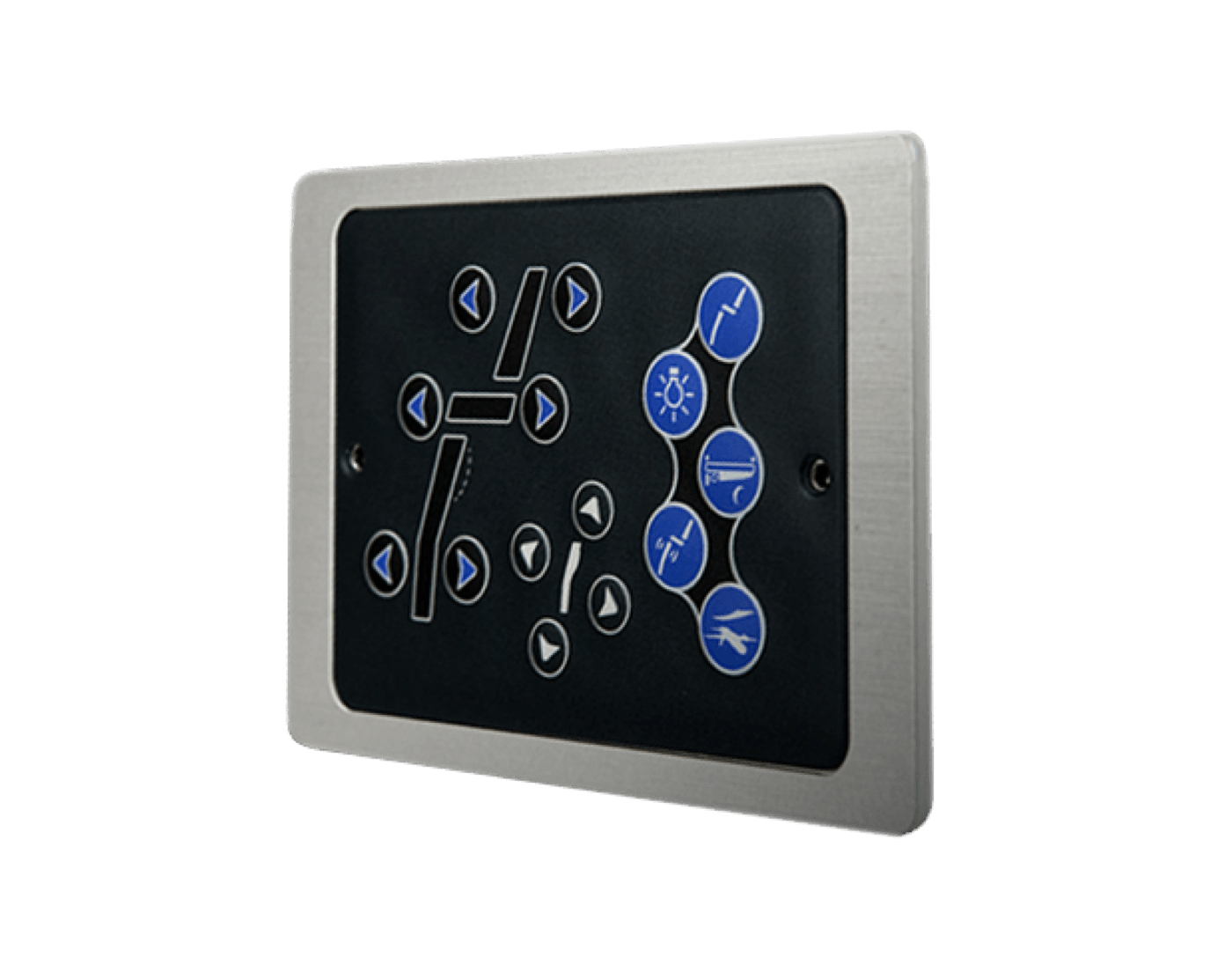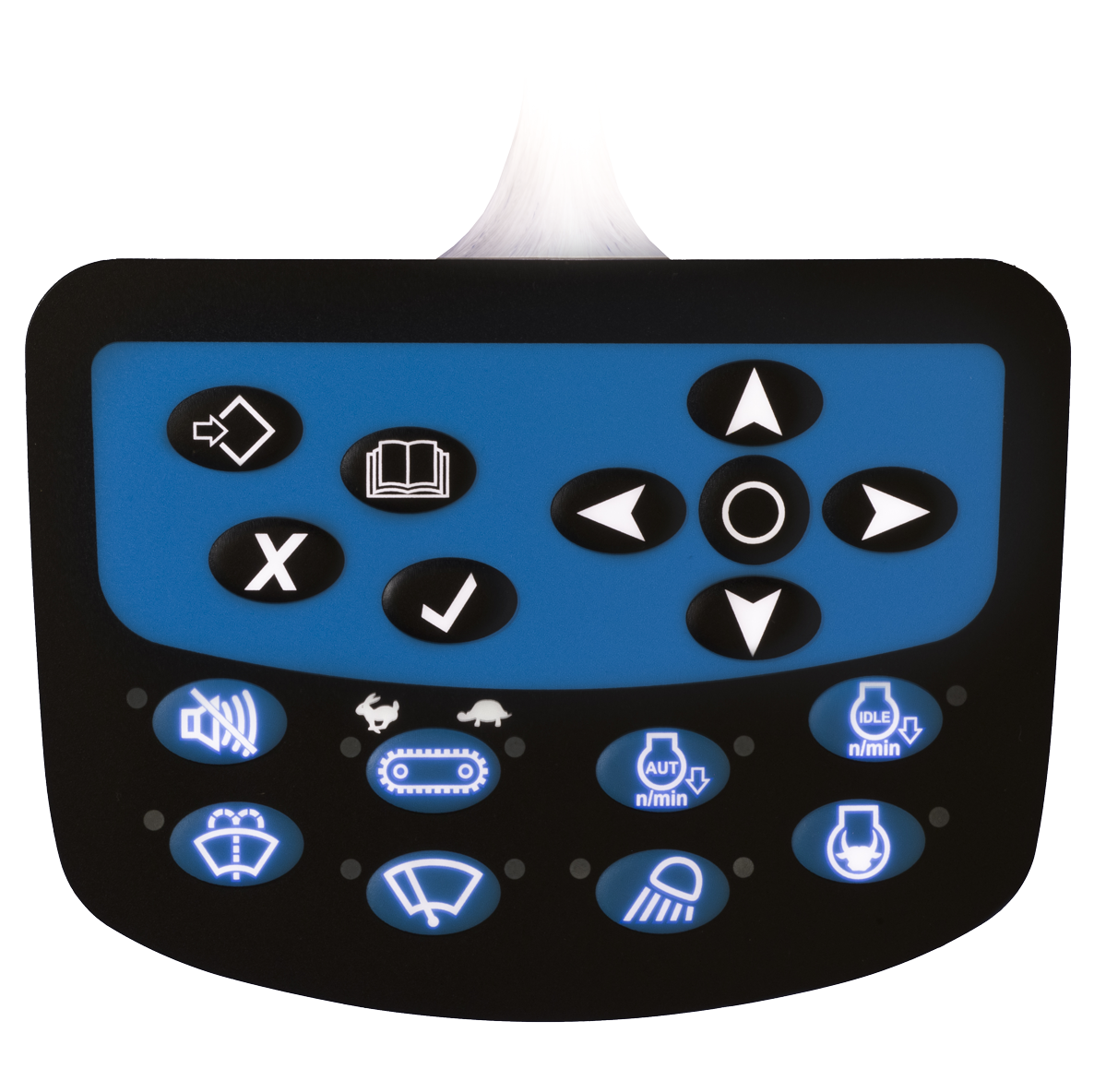Membrane Switch Modern Technology: The Secret to Reputable and Affordable Interfaces
Membrane layer button modern technology has emerged as a critical component in the layout of interface, giving both dependability and cost-effectiveness throughout a varied variety of applications. Its durable building makes certain resistance to environmental challenges, while the versatility in layout permits tailored remedies that satisfy particular market needs. As we explore the multifaceted benefits of membrane layer switches, their capacity for development questions regarding future applications and evolving patterns. What does the following phase hold for this innovation in a significantly digital landscape?
Comprehending Membrane Switch Innovation
Membrane switch technology is a widely utilized interface service in various electronic devices, offering a smooth mix of capability and style. This modern technology includes numerous layers of products, typically consisting of a graphic overlay, spacer layer, and a circuit layer. The graphic overlay shows the user interface components, while the spacer layer divides the circuit layer from the overlay up until an individual activates a switch.
When stress is put on the overlay, the circuit layer finishes the electric circuit, sending a signal to the tool. This device permits different setups, including tactile feedback and backlighting choices, boosting customer communication. Membrane buttons are usually manufactured using resilient materials such as polyester or polycarbonate, guaranteeing durability and resistance to environmental factors like dampness and dust.
The versatility of membrane layer changes enables their application in diverse sectors, including clinical devices, customer electronics, and commercial controls. Their portable style enables integration right into space-constrained settings, offering an efficient interface without jeopardizing aesthetic allure. Comprehending the ins and outs of membrane button innovation is vital for producers and developers looking for to create trusted and efficient human-machine user interfaces.
Key Benefits of Membrane Buttons
While various user interface solutions exist, membrane layer changes offer distinct benefits that make them a recommended option in countless applications. Among the primary advantages is their resilience; membrane layer buttons are created to stand up to extreme ecological conditions, including wetness, dirt, and temperature variations, making sure long-lasting performance. This strength significantly decreases the requirement for regular substitutes, thereby reducing total upkeep costs.

In addition, membrane layer switches are lightweight and small, making them ideal for applications where room is restricted. Their low-profile design adds to a streamlined look without endangering performance.
Cost-effectiveness is likewise a noteworthy benefit, as the production procedure for membrane layer changes tends to be cheaper compared to conventional mechanical switches. This affordability, incorporated with their dependability and ease of installation, placements membrane switches over as a practical solution for a variety of industries seeking efficient and effective user interfaces.
Applications Throughout Numerous Industries
Just how do membrane layer buttons adjust to the varied requirements of various markets? Membrane switch technology is increasingly recognized for its adaptability, making it suitable for a wide variety of applications throughout several fields. In the medical area, membrane layer buttons are made use of in diagnostic tools and patient tracking gadgets, where their resilience and simplicity of cleansing are critical for keeping health standards. The auto sector utilizes these switches in dashboards and control panels, supplying a streamlined visual while guaranteeing user-friendly operation.
In consumer electronics, membrane switches give a small service for push-button controls and home appliances, enhancing customer experience through intuitive style. Furthermore, the industrial field leverages membrane switches for equipment control panels, profiting from original site their resistance to extreme atmospheres, such as wetness and dust.
Armed forces and aerospace applications additionally utilize membrane layer switches for their dependability and capability to endure extreme conditions, making sure functional effectiveness in important scenarios. The food and drink industry adopts these switches for automated systems, where cleanliness and ease of procedure are vital (membrane switch). Inevitably, membrane switches are tailored to meet the special demands of each sector, confirming their essential function in modern-day technology user interfaces
Layout and Personalization Alternatives

In the world of membrane layer switch technology, style and customization options play a pivotal function in boosting capability and individual useful content communication. These buttons can be customized to fulfill specific functional needs and aesthetic choices, making them flexible parts in various applications.
Among the primary personalization choices is the design of the button itself, which can be developed to suit one-of-a-kind interface and ergonomic factors to consider. By adjusting the shape, size, and plan of switches, suppliers can create user-friendly styles that help with simplicity of usage. Additionally, the incorporation of various colors and graphic overlays permits branding and boosted presence, guaranteeing that customers can swiftly identify features.
Furthermore, membrane switches can be engineered with various responsive responses devices, such as elevated switches or audible clicks, to boost the individual experience. Different materials can additionally be chosen for longevity and ecological resistance, dealing with factors such as dampness, temperature level fluctuations, and chemical exposure.
Ultimately, the comprehensive layout and customization alternatives available in membrane layer switch innovation equip organizations to create tailored options that not just fulfill functional demands yet also line up with their branding and operational requirements.

Future Fads in Membrane Layer Switches
As membrane button technology remains to progress, future fads are significantly concentrated on improving customer experience and incorporating advanced functionalities. One substantial fad is the integration of touch-sensitive and capacitive why not try these out technologies into standard membrane layer buttons. This growth enables even more intuitive individual interfaces, supplying responsive responses while keeping a sleek style.
Another emerging pattern is the use of ecologically friendly materials, driven by the growing demand for sustainable manufacturing methods. Suppliers are looking for to minimize their carbon impact by using recyclable substratums and low-impact inks, lining up with global sustainability objectives.
Moreover, the rise of the Web of Things (IoT) is triggering the incorporation of smart features right into membrane switches. Boosted connection options will certainly allow devices to connect with each various other, permitting smooth combination into broader systems.
Additionally, advancements in printing modern technologies, such as electronic printing, are enabling better style flexibility and customization. This enables suppliers to create elaborate designs and vivid shades cost-effectively.

Verdict
In conclusion, membrane layer switch innovation represents an essential development in user interface layout, using substantial advantages in sturdiness, personalization, and cost-effectiveness. As innovations continue to arise, especially in touch-sensitive user interfaces and sustainable materials, the possibility for membrane changes to boost customer experience and functionality continues to be promising.